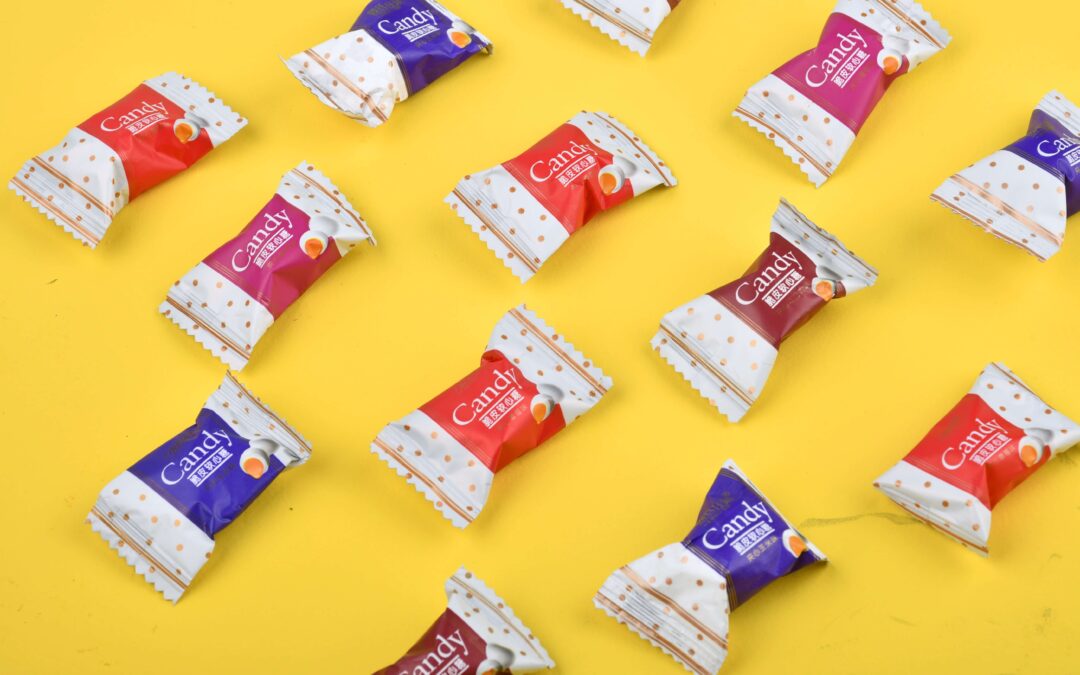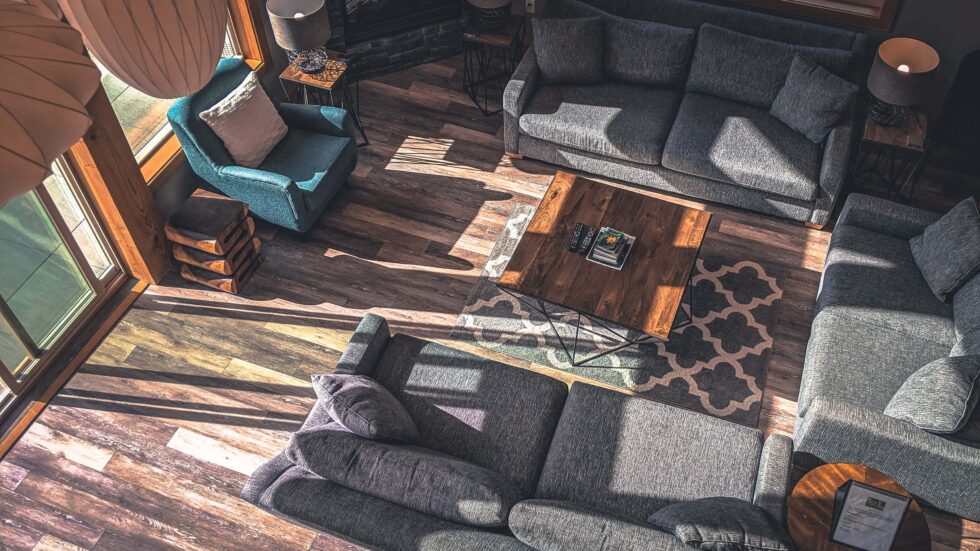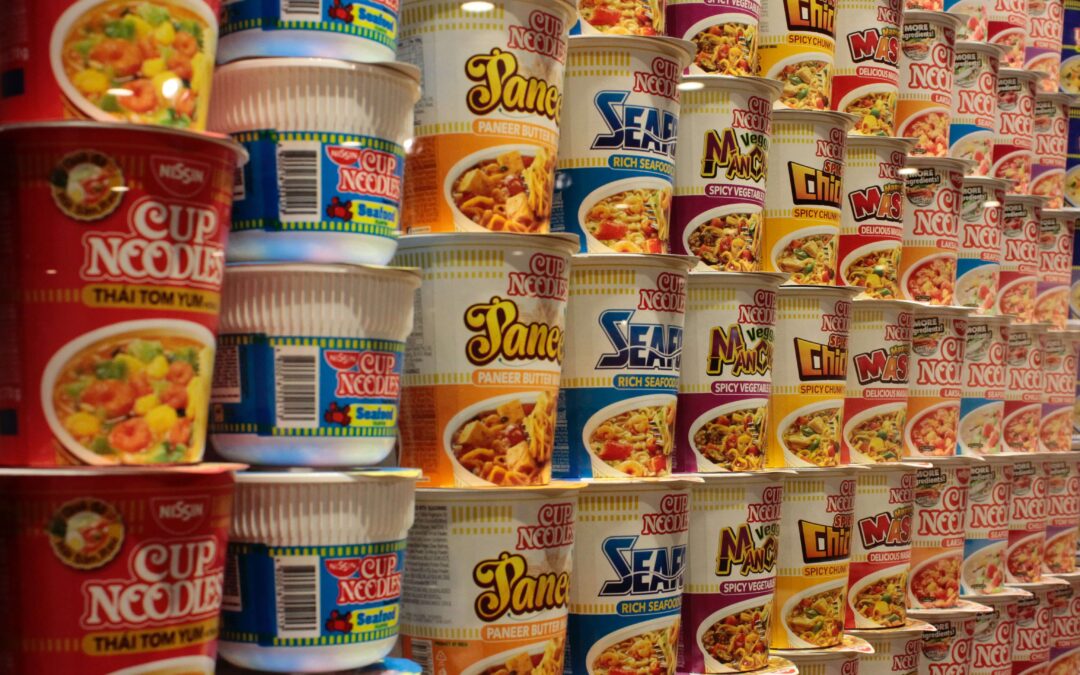Packaging Products Par Excellence: Benefits Of Flexible Packaging
Each year brings with it a wave of innovations, but only a handful of them stand the test of time. Flexible packaging is an innovation that has come a long way since its inception. Given its wide range of applications, it is a significant part of multiple industries today; to name a few – retail, institutional food and non-food sectors, cosmetics and toiletries packaging, medical and pharmaceutical applications, protection for industrial materials, shrink and stretch films, retail shopping bags, consumer storage bags and wraps, and trash bags.
Here are some numbers that vouch for the fast-paced growth of the flexible packaging industry – the market in India is poised to grow by USD 12.72 billion during 2021-2025, progressing at a CAGR of almost 11% during the forecast period. So, what is the reason behind this success?
Growing urbanization and the rising proportion of middle-class consumers are two of the primary factors that contribute to the industry growth. Owing to its long list of impressive features, flexible packaging serves as the ideal solution. Let’s explore some of the advantages of flexible packaging:
Top 8 Benefits Of Flexible Packaging
1. Sustainable Solution:
One of the very first flexible packaging benefits is the fact that it is an eco-friendly solution. As the world is slowly yet steadily taking the more responsible road, innovations like these make the journey much easier. The production of flexible packaging does not involve overconsumption of natural resources. The amount of waste produced and energy consumed in the making of these films is a lot less compared to that of rigid containers and/or glass. It also generates fewer greenhouse gas emissions throughout its distribution than traditional packaging. Moreover, this also helps companies make good on their claims of eco-friendly practices.
2. Easily Recyclable:
Often, when you hear the word packaging, you think of plastic material; when you think of plastic material, you think of how tough it is to recycle it, and how much harm it can cause to the environment. But with flexible packaging, the opposite is true. It is incredibly easy to recycle and helps keep used pouches or bags out of landfills. Films or products born out of flexible packaging material are often designed for reuse, thanks to zipper and seal top closures. This way, consumers can keep using them for multiple things before they are discarded.
3. Enhanced Product Preservation:
The best part about most flexible packaging products is that they contribute to increasing a product’s shelf life, as well as help them maintain their true flavors and aromas. How? These films or packages are equipped with a durable barrier protection. In some cases, they are supplemented with an additional thin layer of protection. As this barrier provides resistance to moisture, vapors, dust, and UV light, it guards the freshness of the products like no other, enabling consumers to make the most of them.
4. Consumer Convenience:
Industries are well aware of the fact that the key to quick business growth is customer satisfaction. A happy customer is assured profit. Today, consumers look for multiple features in any and every product; flexible packaging offers them just that, and more. Most flexible packaging products include spouts, zip locks and resealable seals. These little features bring so much more value in terms of comfort and convenience for the consumers. Apart from bringing them the ease of storage, flexible packaging enhances the overall shopping experiences as well.
5. Attractive Packaging Designs:
Another important feature that consumers are sure to appreciate is variety. Apart from quality and durability, the appeal of the product also lies in its look and feel. Most consumers with the right purchasing power go for the product that looks better. Unlike traditional packaging, flexible packaging can facilitate attractive designs – be it your average shopping bag or fancy container lid. It also helps companies explore and experiment with their packaging strategies, and allows them to set their product apart from the rest of the competition. If your product is wrapped in eye-catching packaging, it is sure to be picked off the shelf sooner rather than later.
6. High-value, Low-cost:
As its production requires the use of fewer materials, flexible packaging proves to be an inexpensive solution as compared to traditional packaging; despite the many benefits it brings to the table. Since the films and the packages are made of multiple layers blended together, they expertly tamper-proof and tear-proof the product to be protected, thereby reducing the wear and tear costs. What makes flexible packaging even more cost-effective is that it also ensures a higher product-to-package ratio, lowering manufacturing costs. To add to this, being lightweight, flexible packaging products ensure reduced shipping costs as well.
7. Lightweight:
Regardless of the form or the size of the packages, flexible packaging is usually lighter in weight (almost up to 70% lighter) as compared to conventional packaging. Its lightweight quality brings a whole different series of benefits. The first being that they are easy to transport. If stored appropriately, light objects are also less likely to get damaged during shipping. The lightweight nature of flexible packaging allows companies to ship more with higher profit margins. It also enhances customer experience as they can carry more with less effort.
8. Highly Customizable:
Flexible packaging involves any package made of materials that can yield when filled or closed. It can be easily moulded in different shapes and sizes. The use of adaptable film materials like chloride, polyolefin and polyethylene that bends easily makes flexible packaging a customizable solution. Moreover, companies can create unique packaging for their products to make them look more appealing. The best customization benefits is its ability to be printed with high-quality colors and logos. This helps with enhancing brand recognition by adorning the package with relevant, clear designs and messaging.
Ecoplast Ltd, Flexible Packaging Manufacturers In India
With close to 40 years of experience, Ecoplast Ltd is one of the leading flexible packaging companies in India. We hold expertise in designing and manufacturing Surface Protective Films that best protect products such as steel, aluminum panels / profiles, carpets, tiles, glass, and all kinds of substrates from dust, scratches and other environmental impacts. Here are our offerings:
- Ecogen™ – Lamination Films
- Ecoprotect™ – Surface Protection Films
- Ecobond™ – Adhesive Films
- Ecoprime™ – Speciality Films
If you have been in search of the right flexible packaging manufacturers, our extensive range of premium films is at the ready. Browse through our premium products online, and select the ones that best suit your requirements. If you have any further questions, contact us at: +91-22-2683 3452 / +91-22-2683 1403, or drop an email at: [email protected]



